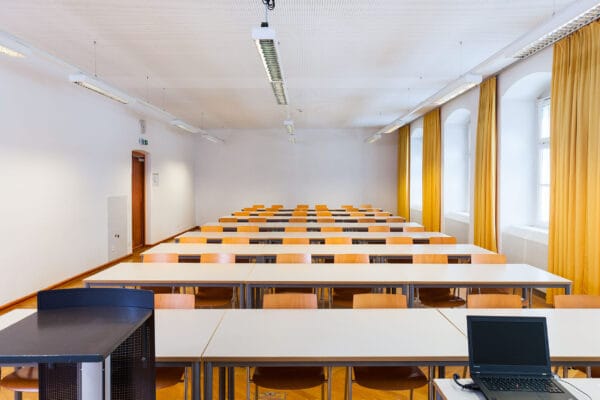
NAME:
Theologie – SR VI
BUILDING:
Theologie
FLOOR:
1
TYPE:
Seminar Room
CAPACITY:
48
ACCESS:
Only Participants
EQUIPMENT:
Beamer, PC, WLAN (Eduroam), Overhead, Flipchart, Blackboard, Handicapped Accessible, LAN, Speaker Desk
Glaciers shrinkage, primarily due to human-induced climate change, is altering mountain landscapes globally, and retreat trends are expected to accelerate in the near future. In the European Alps, more than one century of glacier retreat left wide areas available for the colonization of initially barren substrates, leading to the establishment of complex biotic communities, and the development of new ecosystems. The colonization by microbes and plants, leading to increased structural diversity through time, guarantees fundamental services, such as mountain slope stabilization, control of surface runoff and soil erosion, and reduction of surface albedo. One of the key services of these ecosystems, yet still largely unexplored, is their role in carbon cycling and carbon dioxide fluxes. Depending on the balance between gross primary production and ecosystem respiration (i.e., the net ecosystem exchange), these systems might indeed act as either sinks or sources of greenhouse gases. Increasing time from deglaciation increases plant diversity and productivity (usually proxied by vegetation indices, such as NDVI); this in turn generates positive feedback loops with soil nutrients (i.e., P, N), SOM and SOC. However, the relative importance of primary production vs respiration, as well as their drivers and trends over the succession, are still poorly investigated. By combining information on time since deglaciation, duration of the growing season, productivity, plant functional groups and climate from five Alpine glaciers, we aim at identifying the main drivers and trends of primary production and respiration along the chronosequence at the local and regional scales.

We and use cookies and other tracking technologies to improve your experience on our website. We may store and/or access information on a device and process personal data, such as your IP address and browsing data, for personalised advertising and content, advertising and content measurement, audience research and services development. Additionally, we may utilize precise geolocation data and identification through device scanning.
Please note that your consent will be valid across all our subdomains. You can change or withdraw your consent at any time by clicking the “Consent Preferences” button at the bottom of your screen. We respect your choices and are committed to providing you with a transparent and secure browsing experience.